In a recent Popular Mechanics website article, we ran across the following woodworking tips from shop teacher Chris Lyons. We hope you’ll enjoy this brief synopsis of Chris’s advice:
You Can Never Have Too Many Clamps
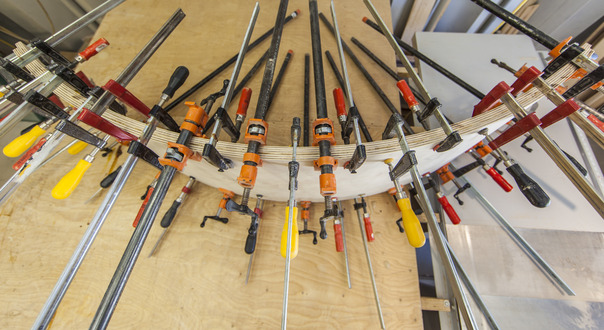
Always clamp your work before doing anything: cutting, drilling, routing. If you’re in a hurry, you might be tempted to just hold the wood instead of clamping it. But wood (especially if it’s small) can move or go flying when the blade or bit touches it. Not only will you not get the precise hole or cut you want, you’re first instinct will be to yank your hands away, possibly putting your hand straight into the blade. Don’t run the risk!
Always Pre-Drill Pilot Holes for Screws
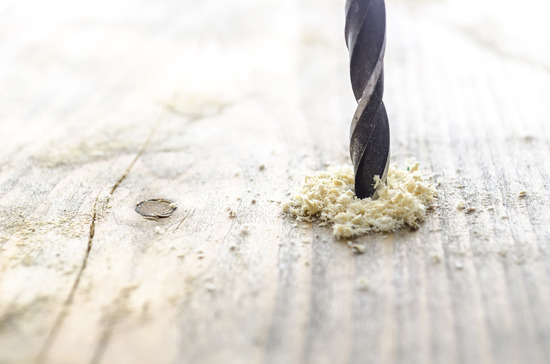
If you don’t want your screws to split your wood, pre-drill them. Period. It only takes a few seconds – definitely shorter than replacing your piece of wood if it splits.
Use a Steel Rule
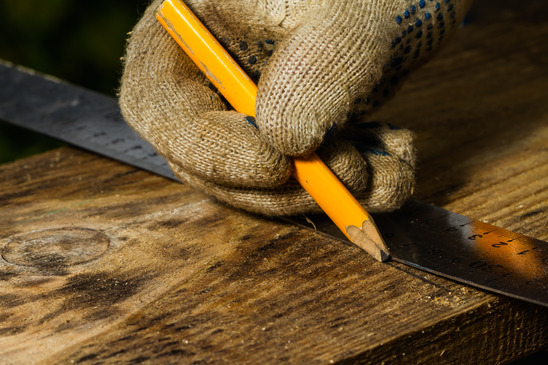
Steel rules allow you to get a precise measurement far more accurately than a tape measure. It’s easy to hold against the end of a piece and stays flat. For longer measurements with a tape, measure from the 1-inch mark instead of the end, then subtract an inch from the measurement.
Use Straight Edges for Cuts
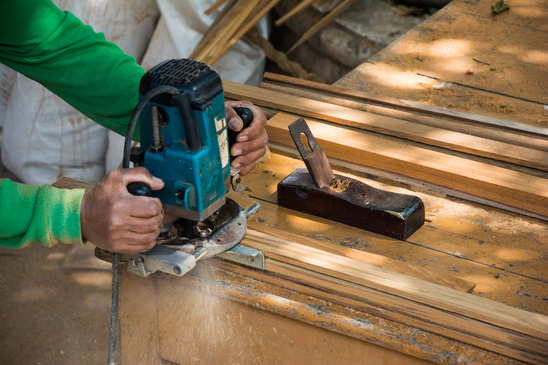
If you’ve made freehand cuts with a circular saw or router before, you know that it’s difficult to keep your saw following that line. If you veer off too much, you can even bind the blade, burning the lumber or causing kickback.
Solution? Use a straightedge for every cut. Even a straight piece of lumber will do – just clamp it to your piece accounting for the edge of your tool, and run your saw or router smoothly along it.
For Perfect Angled Pieces, Cut Long, Trim to Fit
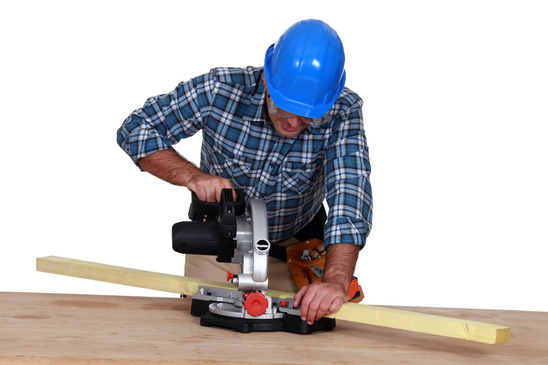
Angles are tricky. Corners must fit tightly, so an even slightly off angle will be noticeable. To make it foolproof, cut your pieces 1/8 long, and test-fit it. If it fits, great! Just trim the excess. If it doesn’t, it’s easy to adjust your blade or sand to fit.
Use that Router
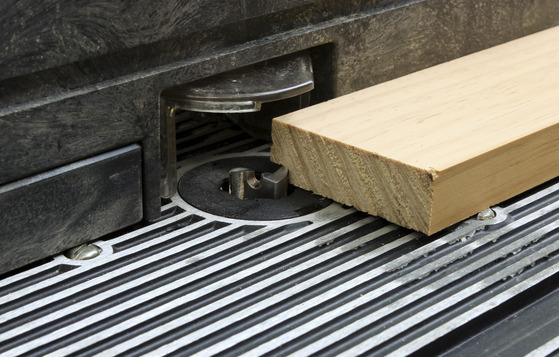
If you were stuck with only one tool (oh the horror!) the router would be the best choice. You can cut any edge profile, make dovetails, mortise-and-tenon, and other joints. You can use it independently or with a router table. (Just don’t fall too easily into “tool collector” mindset – “I really need 23 routahs; why change bits?”)
Use a Detailed Plan
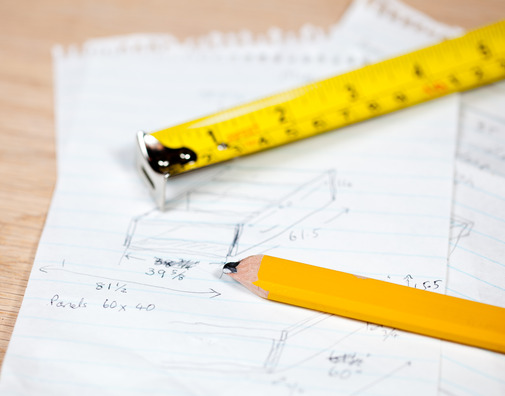
Are you the type that just tears into a project without a paper plan or with a few scribbles on a notepad? You should get a detailed scale plan, complete with measurements and materials. You’ll be able to decide on your process quickly. The more planning, the less surprises.
Use the Web

There are lots of good woodworking tips, tricks and projects online. Someone’s already done your next project somewhere, and usually they’ve posted their experience online. YouTube, Fine Woodworking, and Popular Woodworking are just a start. Just don’t take everything as a good idea – lots of self-appointed experts have no idea what they’re talking about. Use your common sense.
Buy Quality Tools

Fill your shop with reliable brand-name tools. Better tools will make the job go smoother. Never buy a tool twice if you can. The cheap stuff just isn’t worth it.
Keep Your Fingers!
 Most of us know someone who’s missing a finger thanks to a saw blade. To keep your digits attached to your hands, roll up your sleeves (don’t just push them up – they can slide back down your arm), keep long hair tied back, and don’t wear loose-fitting clothes. Stay alert, keep your fingers well away from cutting edges (use clamps as described above), never take shortcuts, and use push sticks on table saws.
Most of us know someone who’s missing a finger thanks to a saw blade. To keep your digits attached to your hands, roll up your sleeves (don’t just push them up – they can slide back down your arm), keep long hair tied back, and don’t wear loose-fitting clothes. Stay alert, keep your fingers well away from cutting edges (use clamps as described above), never take shortcuts, and use push sticks on table saws.
If you’re really interested in keeping your fingers, Western Building Center just brought in SawStop, the original table saw designed to save your fingers. Check out our SawStop page here.
(Read original article at Popular Mechanics.)
Stay tuned for our next post on safety gear!


